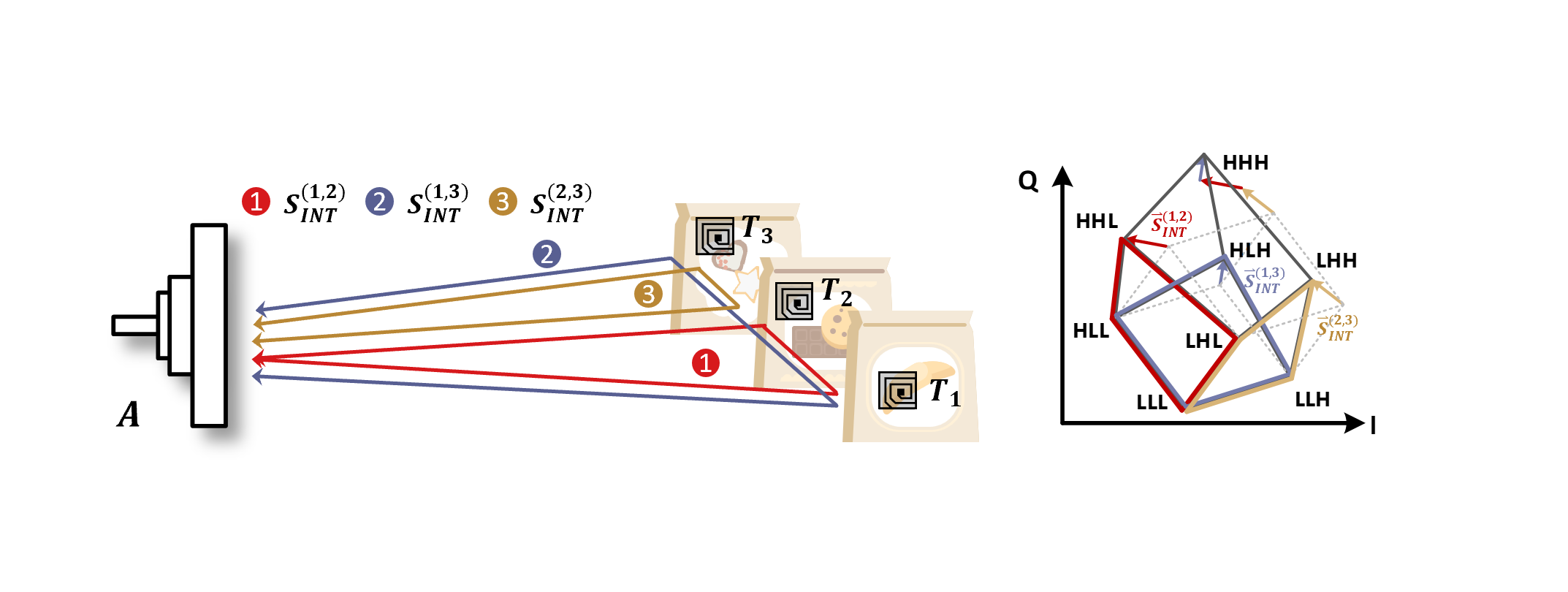- Home
- About Us
- Students
- Academics
-
Faculty
- Electrical Engineering
- Automation
- Computer Science & Engineering
- Electronic Engineering
- Instrument Science and Engineering
- Micro-Nano Electronics
- School of Software
- Academy of Information Technology and Electrical Engineering
- School of Cyber Security
- Electrical and Electronic Experimental Teaching Center
- Center for Advanced Electronic Materials and Devices
- Cooperative Medianet Innovation Center
- Alumni
-
Positions
-
Forum
News
- · Bin Dai's Team Unveils the Assembly Mechanism of β-Lactoglobulin Fibrils, Providing New Insights for the Development of Functional Nanomaterials
- · Mingyi Chen’s research group has made important progress in the field of analog-to-digital converter chips for brain-computer interface
- · Progress in the Development of Semiconductor Nanomaterials to Activate Pyroptosis for Cancer Therapy
- · Jiamiao Yang’s team achieved the high precision optoelectronic reservoir computing based on complex-value encoding
- · Significant Advancements in Resonator-Enhanced Quantum Sensing Achieved by Zenguihua's Team at the School of Sensing Science and Engineering
Jin Meng’s team published two papers in “MobiCom 2023”
Recently, the team of Assistant Professor Jin Meng from the John Hopcroft Center for Computer Science in SEIEE has made breakthrough progress in the field of Internet of Things in computer networks. Two research papers have been accepted by the top conference in the field of network systems, the International Conference on Mobile Computing and Networking (ACM MobiCom 2023).
ACM MobiCom is one of three top international conferences in the field of computer networks. It has been held for 28 sessions. The acceptance rate is generally between 15% and 20%.
The paper“Fast, Fine-grained, and Robust Grouping of RFIDs” presents the design, implementation, and evaluation of TaGroup, a fast, fine-grained, and robust grouping technique for RFIDs. It can achieve a nearly 100% accuracy in distinguishing multiple groups of closely located RFIDs, within only a few seconds. It would benefit many inventory tracking applications, such as self-checkout in retails and packaging quality control in logistics.

Workflow diagram of TaGroup
Jin Meng’team makes three technical innovations in the design of TaGroup. First, they build "channels" between commercial RFID tags, and reveal that such an inter-tag channel is sensitive to the distance between two tags and is resilient to interferences such as multipath and coupling effect, which makes it an accurate indicator for proximity detection. Second, they introduce a spatio-temporal graph model which captures a full picture of proximity relations among all the tags, based on which TaGroup can perform a robust grouping of the tags. Third, they design a series of protocol-compatible reader commands to query multiple tags in parallel and also propose a method to simultaneously measure proximity relations between multiple pairs of tags. These two designs together boost the grouping speed of TaGroup. Their experiments show that in grouping 120 tags into 4 closely located groups, TaGroup can achieve a nearly 100% accuracy, at the cost of only 3 seconds.
The paper “Towards Spatial Selection Transmission for Low-end IoT devices with SpotSound”tries to answer a question: "Can we achieve spatial-selective transmission on IoT devices?" A positive answer would enable more secure data transmission among IoT devices. The challenge, however, is how to manipulate signal propagation without relying on beamforming antenna arrays which are usually unavailable on low-end IoT devices.

CGAN network architecture of SpotSound
Jin Meng’ team gives an affirmative answer by introducing SpotSound, a novel acoustic communication system that exploits the diversity of multi-path indoors as a natural beamformer. By judiciously controlling the way how the information is embedded into the signal, SpotSound can make the signal decodable only when this signal propagates along a certain multipath channel. Since the multipath channel decorrelates rapidly over the distance between different receivers, SpotSound can ensure the signal is decodable only at the target position, achieving precise physical isolation. SpotSound is a purely software-based solution that can run on most IoT devices where speakers and microphones are widely used. They implement SpotSound on Raspberry Pi connected with COTS microphone and speaker. Experimental results show that SpotSound achieves a 0.25𝑚2 location isolation.

Jin Meng is an assistant professor at Shanghai Jiao Tong University. She is the winner of CCF and ACM Excellent PhD in 2019. Her research mainly focuses on the Internet of Things wireless sensing, wireless communication, networking.
-
Students
-
Faculty/Staff
-
Alumni
-
Vistors
-
Quick Links
